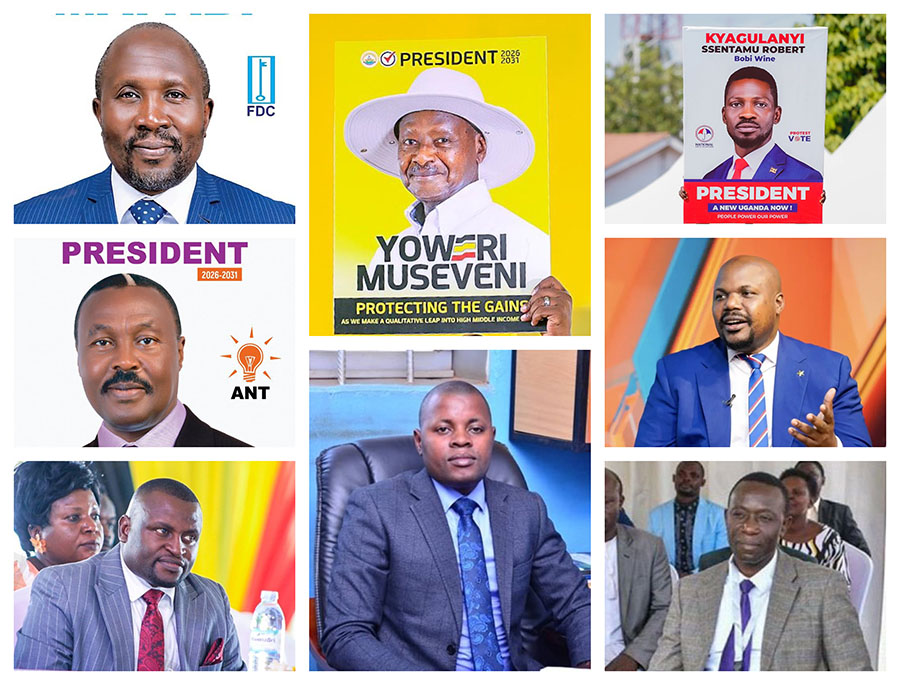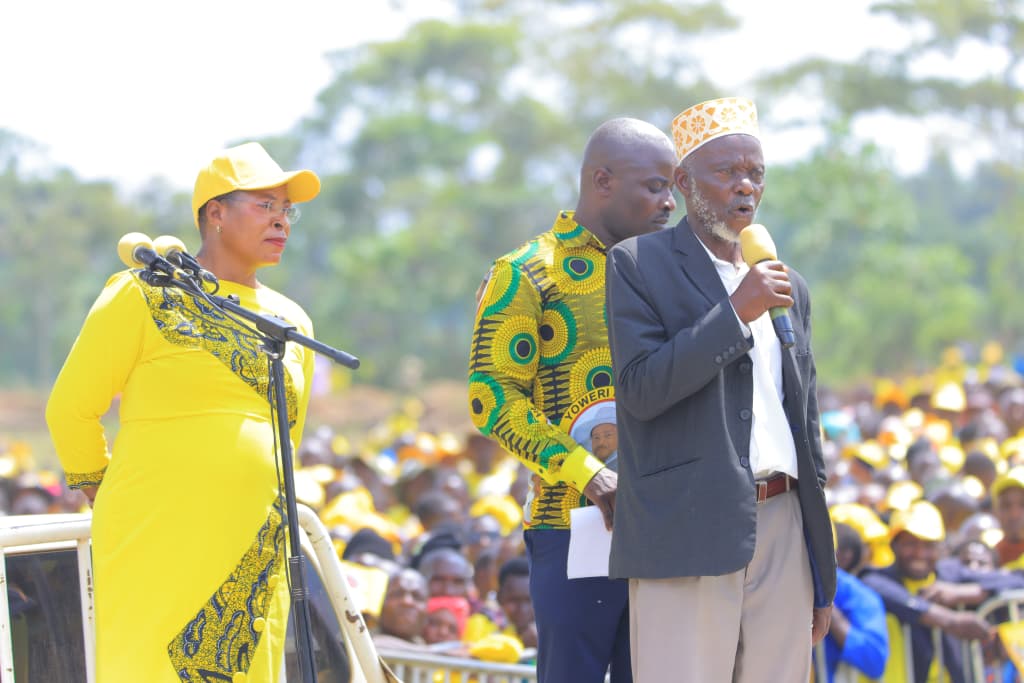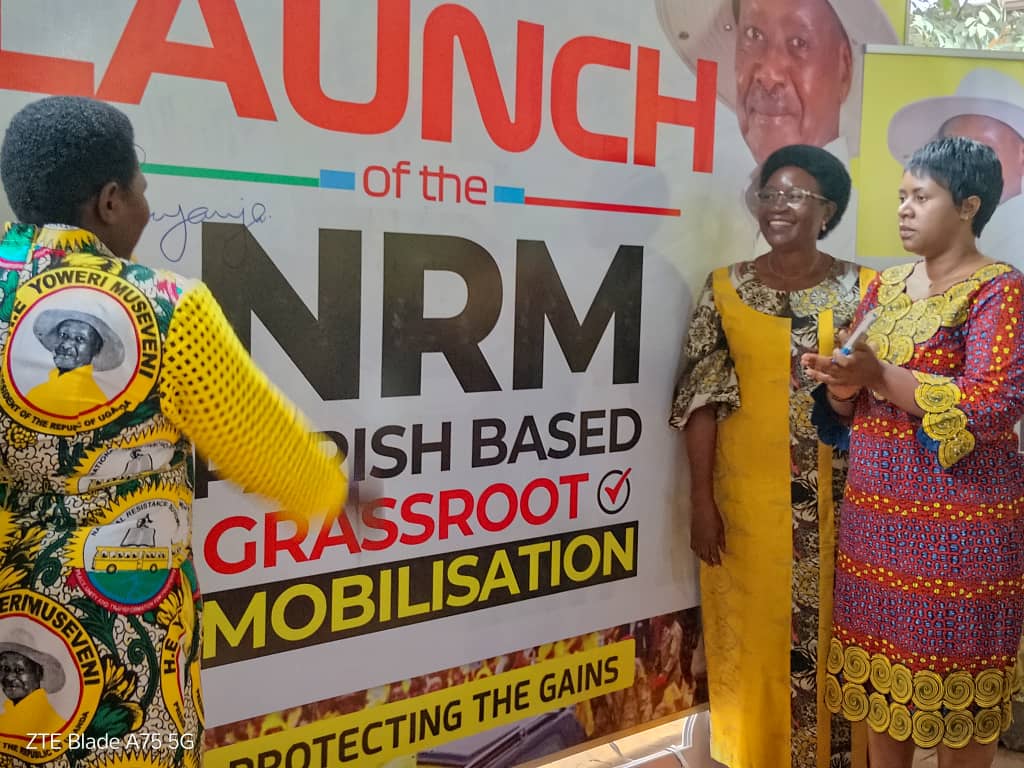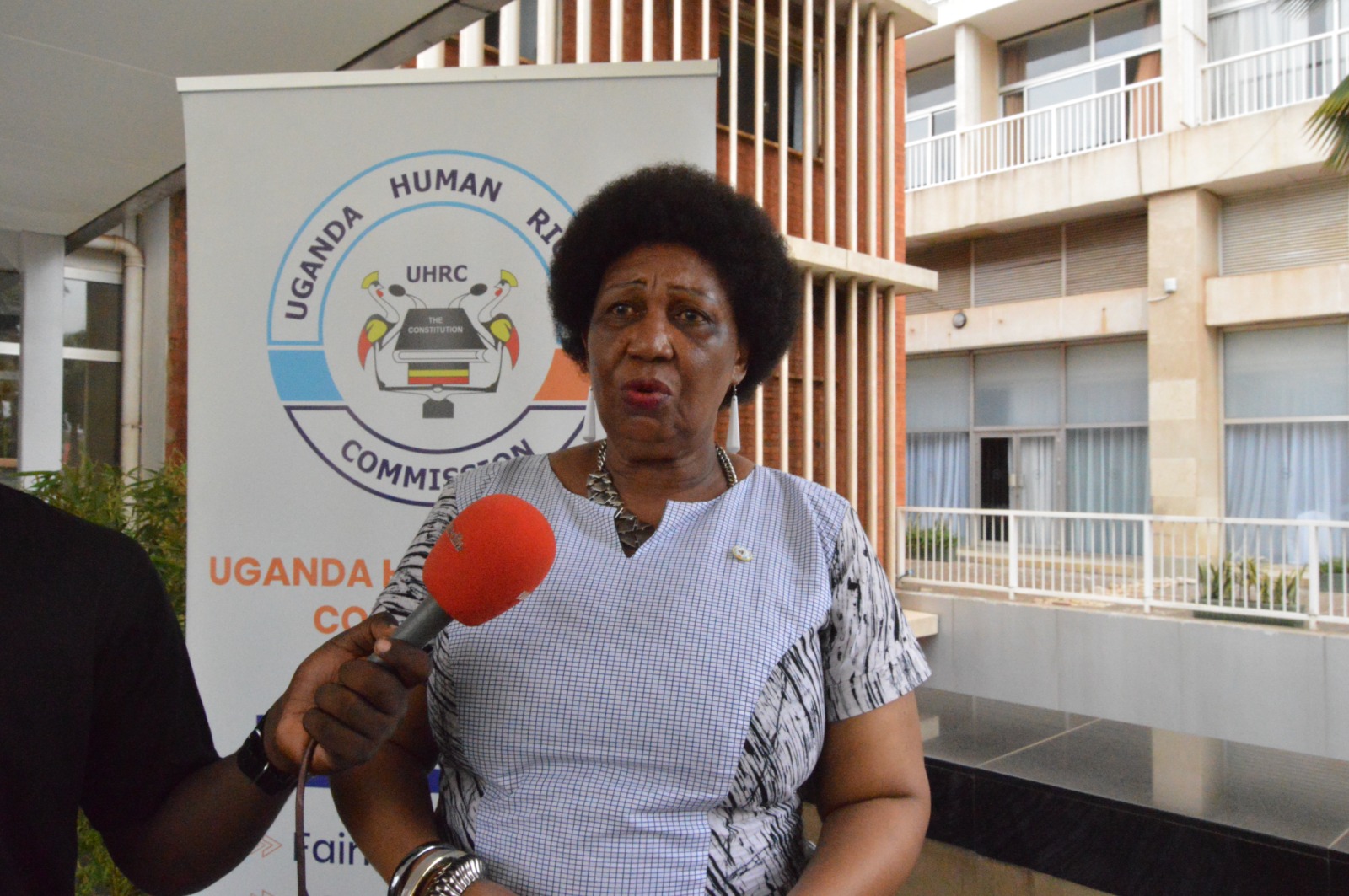Presidential nominations may have been concluded yesterday with little fanfare but for the first time since the return of multi-party politics in 2006, no independent candidate will contest for Uganda’s presidency.
Additionally, for the first time since 2006, no woman will appear on the ballot paper. At the closure of the nomination exercise, the Electoral Commission (EC) approved eight candidates, all male and each representing a political party.
This absence of independent voices and female representation has raised concerns about the inclusivity of Uganda’s democracy, particularly in a nation where women constitute 52% of the population and young people drive demands for new ideas.
Context
To appreciate the significance of this change, it is worth examining Uganda’s electoral history since the restoration of multi-party democracy. In the 2006 elections, the first after parties were allowed to operate, President Museveni, representing the National Resistance Movement (NRM), secured 59% of the vote. His primary challenger, Dr Kizza Besigye of the Forum for Democratic Change (FDC), garnered 37%.
Notably, the race included Abed Bwanika, an independent candidate then. It must be said that Bwanika had not yet registered the People’s Development Party (PDP). The female in the race was UPC’s Miria Obote who had just lost a husband, Milton Obote, the influential founder of UPC.
Although Bwanika and Obote received less than 1% each, their participation signalled an inclusive democratic process.
The 2011 election saw Museveni and Besigye as the major candidates again. But there were six other candidates including independent Samuel Lubega Mukaaku and a female candidate Beti Kamya of the Uganda Federal Alliance (UFA). Kamya got 55,000 votes. The presence of independents and a female candidate maintained a sense of openness.
In 2016, eight candidates vied for the presidency including Museveni and Besigye. The election had four independents—Venansius Baryamureeba, Joseph Mabirizi, Amama Mbabazi and Maureen Faith Kyalya. Mbabazi, a former NRM stalwart running under the “Go Forward” banner. Kyalya was the first woman to run as an independent because Miria Obote and Beti Kamya had run under political party platforms.
The 2021 election was held amid Covid-19 restrictions and featured the highest number of presidential candidates, 11. There were six independents and one of them was female, Nancy Kalembe.
Therefore since 2006, every election has featured at least one independent candidate challenging established parties, and at least one female candidate, symbolising progress toward gender equality.
The 2026 election has broken this tradition.
Some say the absence of independents may stem from stricter regulations, such as increased signature requirements or mandatory party clearance for former party members. For women, financial barriers are significant, with campaigns demanding millions of shillings for rallies, media, and logistics.
Prof Sarah Ssali said in a media interview that the lack of female candidates risks discouraging young girls from aspiring to leadership roles and reinforcing perceptions of politics as a male domain.
Female candidates in past elections, such as Kalembe in 2021, faced harassment, threats, and disinformation, according to media reports.
As for independent candidates, they have historically enriched Uganda’s elections by introducing alternative perspectives. In 2016, Mbabazi’s campaign pressured NRM. Without independents, some fear the 2026 election risks becoming a contest between entrenched parties (NRM, NUP, FDC), limiting voter choice and stifling innovation.
NRM supporters and leaders have said Museveni offers continuity and stability. Those who support opposition parties like NUP say there is need for political change. However, the absence of women and independents has limited the 2026 political conversation.







